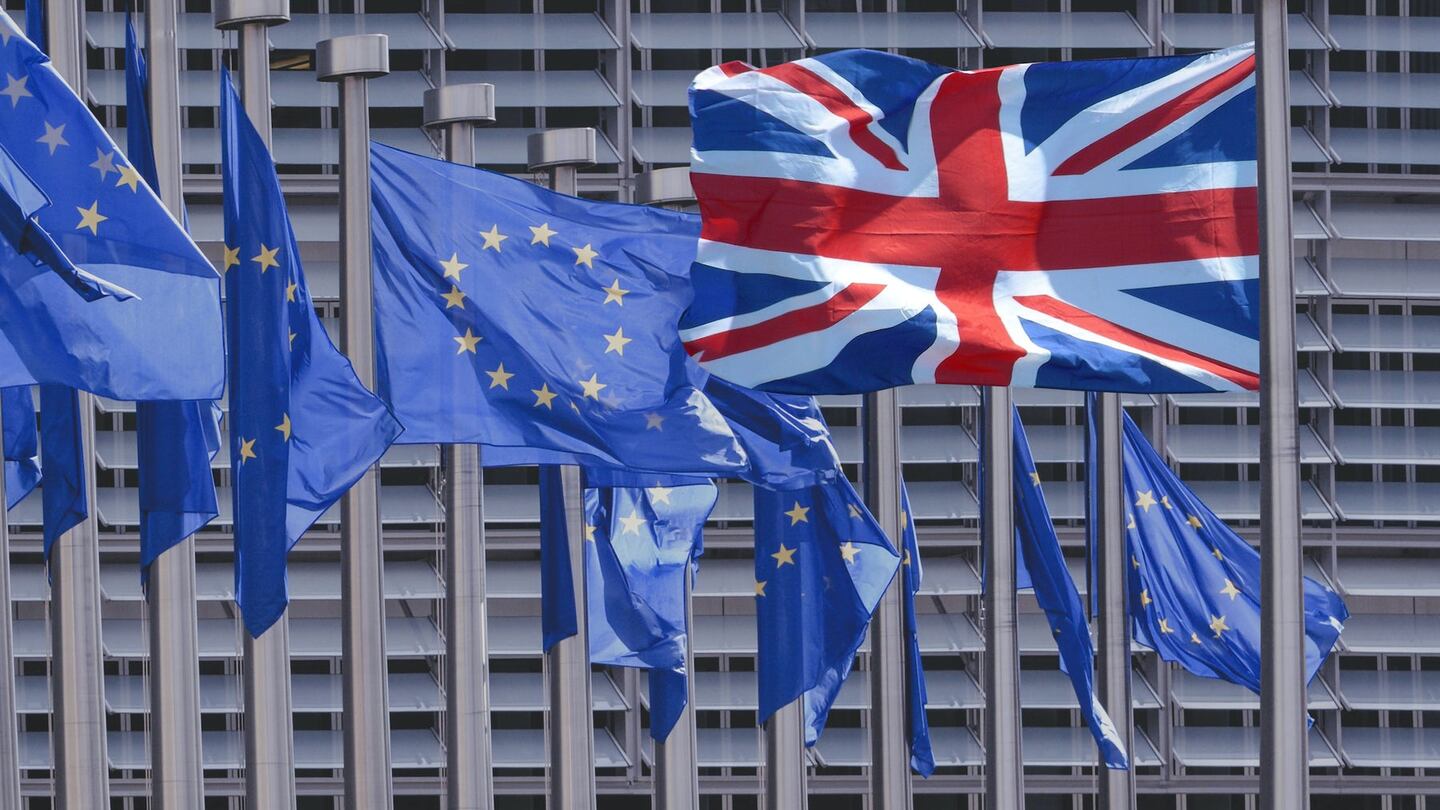
The Business of Fashion
Agenda-setting intelligence, analysis and advice for the global fashion community.

Agenda-setting intelligence, analysis and advice for the global fashion community.

LONDON, United Kingdom — This week, as the United Kingdom — and the rest of Europe and the wider world — reeled in the wake of the surprise Brexit vote last week, the British political establishment was rocked by machinations worthy of a Shakespearean tragedy. But the fashion business continued onwards — if not exactly upwards.
While the large majority of fashion industry executives, entrepreneurs, designers and investors I have spoken to were overwhelmingly against Brexit, most now seem resigned to the fact that, despite the immediate negative impact to the British economy and calls for a second referendum, the UK will indeed exit the EU. The questions now being asked are not "if" but "when" and "how" an actual Brexit will happen, especially now that both Theresa May and Michael Gove, the leading candidates for Conservative party leadership (and therefore Britain's next prime minister) have made clear that they will enforce the referendum vote.
So, what are the immediate ramifications for fashion? Some people (even fervent Remainers) are decidedly upbeat, trying to find a silver lining, such as the floods of foreign shoppers descending on London to take advantage of the weak pound sterling, which has been obliterated in the wake of the Brexit, falling from $1.50 per pound last Friday morning to around $1.33 per pound today, a more-than ten percent decline.
The questions now being asked are not 'if' but 'when' and 'how' an actual Brexit will happen.
While this may be a short-term boon, only once the dust settles after what are sure to be protracted negotiations around Britain's exit from the EU will the true long-term impact of Brexit on the UK fashion industry start to be felt, impacting young fashion businesses who source and manufacture on the continent, impacting European students who enrich British fashion schools and impacting the British Fashion Council, which has received millions of euros from the European Regional Development Fund (alongside the City of London, this is a major source of the BFC's funding).
ADVERTISEMENT
But, as they say, the show must go on. For many, fashion's focus will now shift back to Paris, where a usually leisurely haute couture week is shaping up to be jam-packed with events not just from the regular mainstays of Paris couture — like Chanel, Dior and Valentino — but also new collections from Francesco Scognamiglio and Giles Deacon, and visiting shows from Alberta Ferretti, Vetements and Brioni.
In the evenings, there will be no less than three black-tie gala events, including parties in honour of amfAR on Sunday evening, the Vogue Paris Foundation on Tuesday and Natalia Vodianova's Love Ball at the Fondation Louis Vuitton on Wednesday.
So much for haute couture week. A fashion week by any other name would smell as sweet...

Imran Amed, Founder and Editor-in-Chief
Related Articles
[ The Day Great Britain Became Little EnglandOpens in new window ]
[ Karl Lagerfeld Calls Brexit Vote a 'Moment of Madness'Opens in new window ]
[ Britain Votes to Exit EU, Pound Plunges and Cameron to Step DownOpens in new window ]
From analysis of the global fashion and beauty industries to career and personal advice, BoF’s founder and CEO, Imran Amed, will be answering your questions on Sunday, February 18, 2024 during London Fashion Week.
The State of Fashion 2024 breaks down the 10 themes that will define the industry in the year ahead.
Imran Amed reviews the most important fashion stories of the year and shares his predictions on what this means for the industry in 2024.
After three days of inspiring talks, guests closed out BoF’s gathering for big thinkers with a black tie gala followed by an intimate performance from Rita Ora — guest starring Billy Porter.